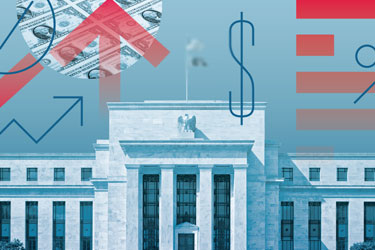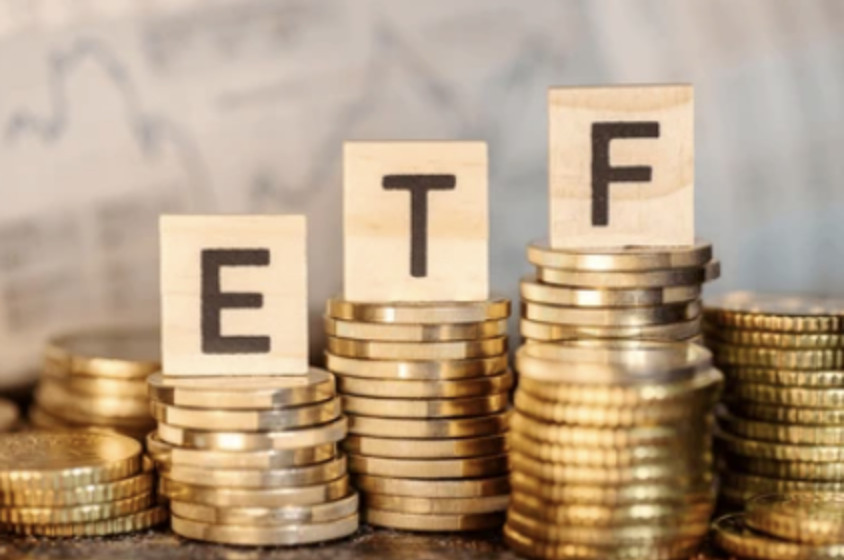The Impact of the Fed's Successive Interest Rate Hikes on Global Financial Markets
In the global financial system, the monetary policy decisions of the Federal Reserve are pivotal. To cope with inflation, the Fed raised interest rates for 11 consecutive times from March 2022 to July 2023, with a cumulative increase of 525 basis points. Since then there have been six consecutive decisions to leave interest rates unchanged in monetary policy meetings. The Fed has kept interest rates high, which, coupled with continued geopolitical tensions in recent years, has led to global capital flows to the U.S. and pressure on multiple currencies, which could have serious consequences for the world economy.
Impact of interest rate hikes: changes in dollar value and liquidity
The Federal Reserve's interest rate hike means that its benchmark interest rate rises, which directly affects the value and liquidity of the dollar. As the world's major reserve currency, the dollar's higher interest rates make dollar assets more attractive, leading to the return of funds to the United States. This change in capital flows has had a multifaceted impact on global financial markets. The minutes of the Federal Reserve's latest monetary policy meeting showed that the recent price of goods and services in the United States has risen significantly, which may lead to prices continuing to climb, bringing pressure on consumers, especially low-income groups.
Emerging market shocks: capital outflows and currency pressures
First, for emerging market countries, the Fed's interest rate hikes often lead to capital outflows. The original inflow of funds into emerging markets in pursuit of higher returns and a safer investment environment has withdrawn to the United States. This has led to depreciation pressure on the currencies of emerging market countries and turmoil in the stock and bond markets. Currency depreciation increases the cost of imports, which may trigger inflation, and also increases the burden of repaying dollar-denominated debt, increasing the risk of debt default.

Bond and stock markets: assets shrinking and stock prices falling
In the global bond market, the Fed's interest rate hike has driven up global bond yields. This has caused bond prices to fall and the value of investors' assets to shrink. For those financial institutions and investors with large bond asset holdings, the shock to their balance sheets could lead to financial market instability. On the stock market side, the interest rate hike has increased the cost of financing for firms and lowered their profitability expectations. This has harmed stock market valuations, leading to a fall in share prices. The impact was particularly pronounced in industries and companies that are highly indebted and sensitive to interest rates.
Exchange rate market changes: increased volatility and trade risks
Global exchange rate markets also experienced significant volatility as a result of the Fed's interest rate hike. The strengthening of the US dollar, the relative depreciation of other currencies, and exchange rate instability have increased the risk of international trade and investment, affecting the growth prospects of the global economy. However, the Fed's interest rate hikes have not hurt all fronts. For some export-oriented countries, the depreciation of their currencies may help to improve the competitiveness of their exports and promote export growth. Overall, however, the Fed's successive interest rate hikes have posed challenges to the stability and sustainability of global financial markets.
Participants in the global financial market need to pay close attention to the Fed's monetary policy developments, strengthen risk management, and formulate flexible investment strategies to cope with the uncertainties and risks arising from the Fed's interest rate hikes. Central banks and regulators should also strengthen macroprudential supervision to maintain the stability of financial markets and promote the smooth and healthy development of the global economy.
MORE FROM WIRED

- Australian Fed's Considerations and International Comparisons

- Gucci's First-Half Sales Plunge Nearly 20% as Kering's Earnings Hit Red Lights

- Changes In The ETF Market: Rising Fees Raise Investor Concerns
- Sep,02,2024

- The Impact of the U.S. Election on the Consumer Market and Retailers' Responses
- Aug,28,2024

- Uncertainty and Market Forecasts on Oil Price Trends
- Aug,21,2024

- Market Jitters: Nikkei Plunges Amid Global Economic Concerns
- Aug,14,2024

- French Election "Surprise" Shocks Markets: Euro, Gold Price Volatility and Investment Strategy Adjustments
- Jul,31,2024